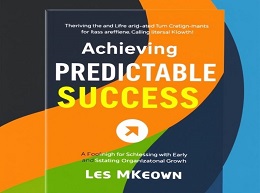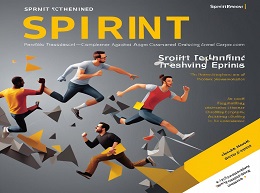The Art of the Start

"The Art of the Start" by Guy Kawasaki is a seminal guidebook for aspiring entrepreneurs, offering practical advice and actionable insights for launching and growing successful startups. In this review, we'll delve into the key concepts and strategies outlined in the book, supplemented with real-world examples to inspire and inform readers.
Setting the Stage:
Kawasaki begins by emphasizing the importance of a strong foundation for any startup. From crafting a compelling vision to developing a unique value proposition, "The Art of the Start" provides a roadmap for entrepreneurs to articulate their ideas effectively.
Example:
Tesla Motors' visionary founder, Elon Musk, exemplifies the importance of a compelling vision. Musk's vision of sustainable transportation and renewable energy has driven Tesla's success and inspired innovation in the automotive industry.
Creating a Compelling Product:
Central to "The Art of the Start" is the concept of creating products or services that solve real problems for customers. Kawasaki offers practical advice on product development, iteration, and market validation.
Example:
Instagram's rapid ascent to success underscores the power of a simple yet compelling product. By focusing on mobile photo-sharing and user engagement, Instagram attracted millions of users and eventually caught the attention of Facebook, leading to a billion-dollar acquisition.
Building a Strong Brand:
Kawasaki stresses the importance of branding in differentiating a startup from competitors and fostering customer loyalty. From naming and logo design to storytelling and customer experience, "The Art of the Start" provides actionable tips for building a memorable brand.
Example:
Warby Parker revolutionized the eyewear industry with its direct-to-consumer model and socially conscious mission. Through innovative branding, including its "buy a pair, give a pair" program, Warby Parker has built a loyal customer base and disrupted traditional retail channels.
Navigating the Funding Landscape:
For many startups, securing funding is essential for growth and scalability. Kawasaki offers practical advice on fundraising strategies, pitching to investors, and managing financial resources effectively.
Example:
Stripe, a payment processing startup founded by brothers Patrick and John Collison, raised early funding by focusing on its product and acquiring early adopters. By demonstrating rapid growth and scalability, Stripe attracted investment from top venture capital firms and became a fintech unicorn.
"The Art of the Start" is a must-read for aspiring entrepreneurs seeking guidance and inspiration on their startup journey. With its practical advice, real-world examples, and timeless wisdom, the book equips readers with the tools and mindset needed to succeed in today's competitive landscape.













